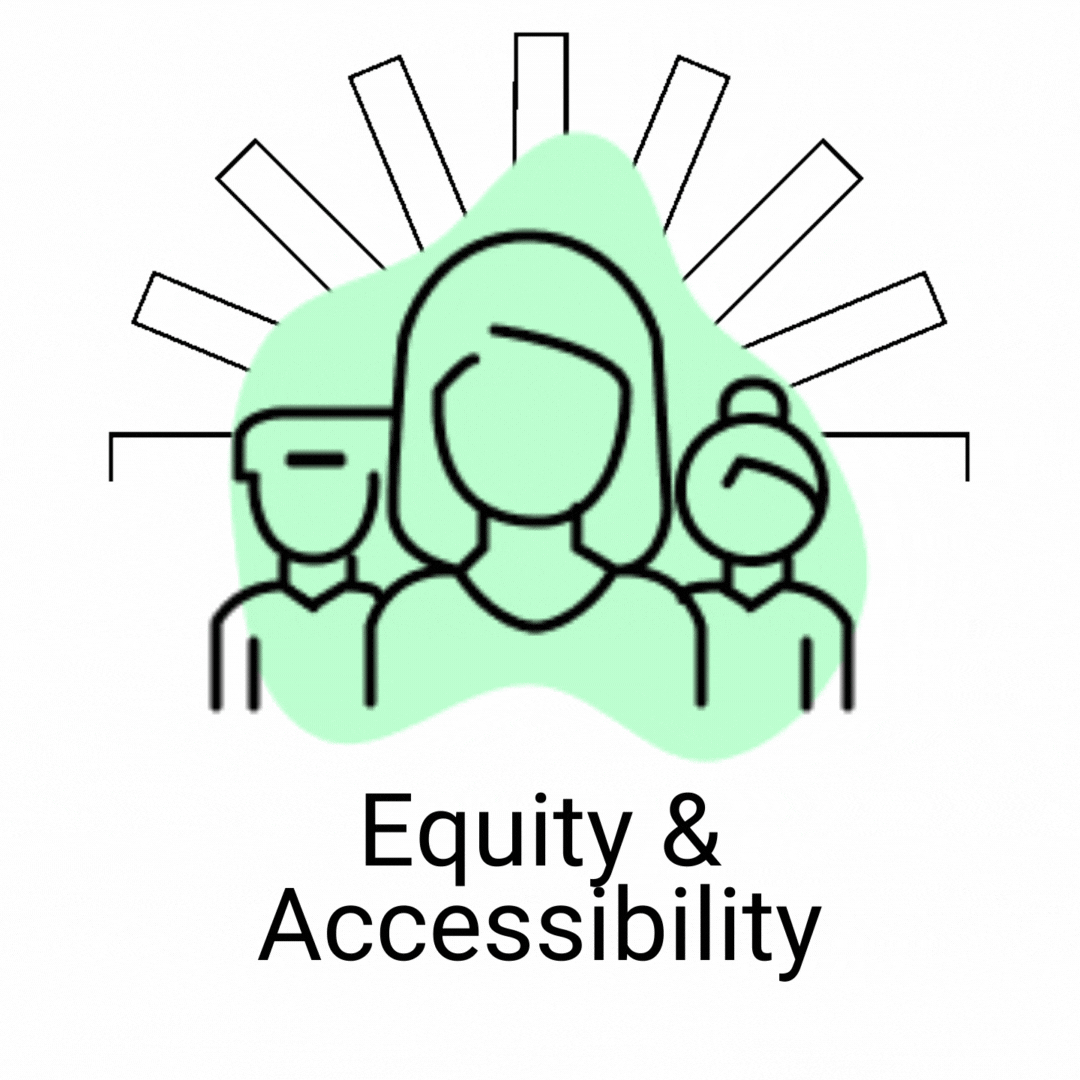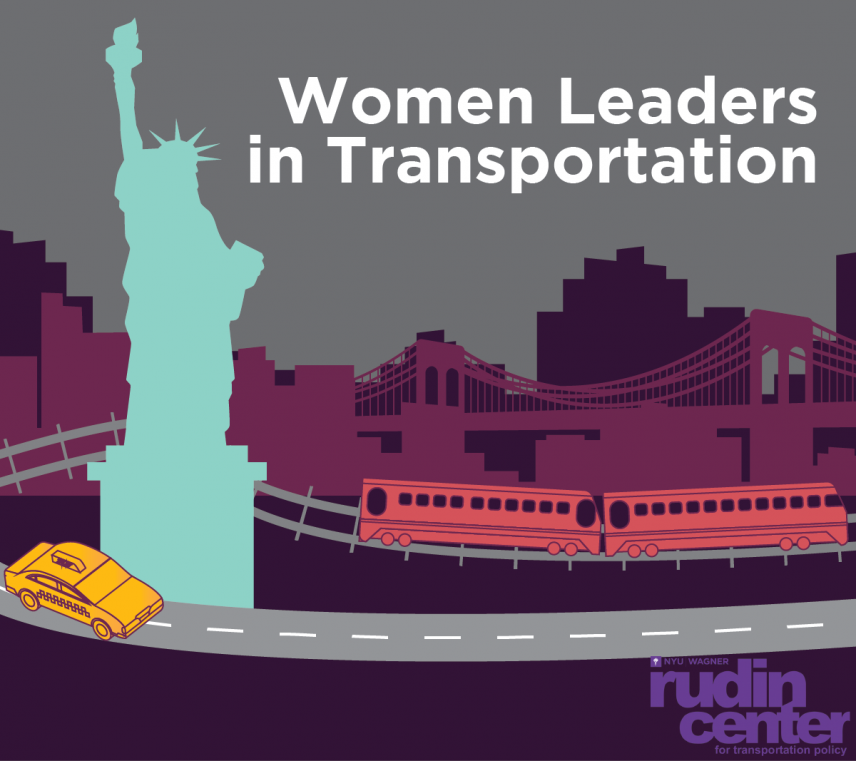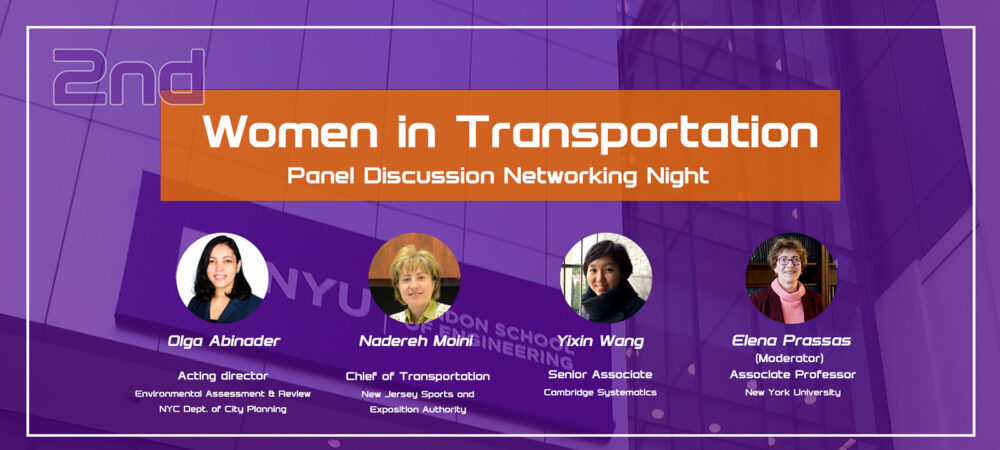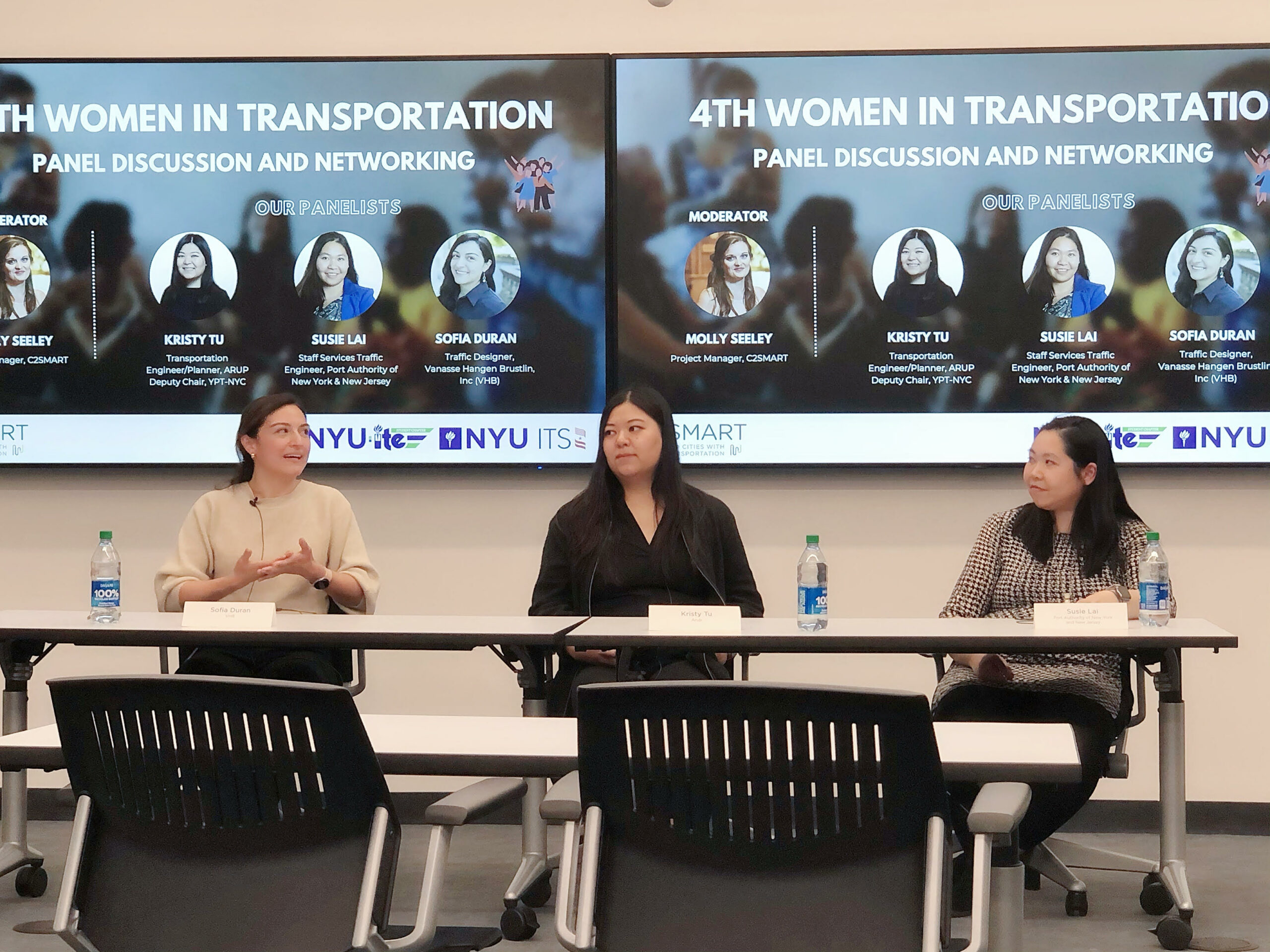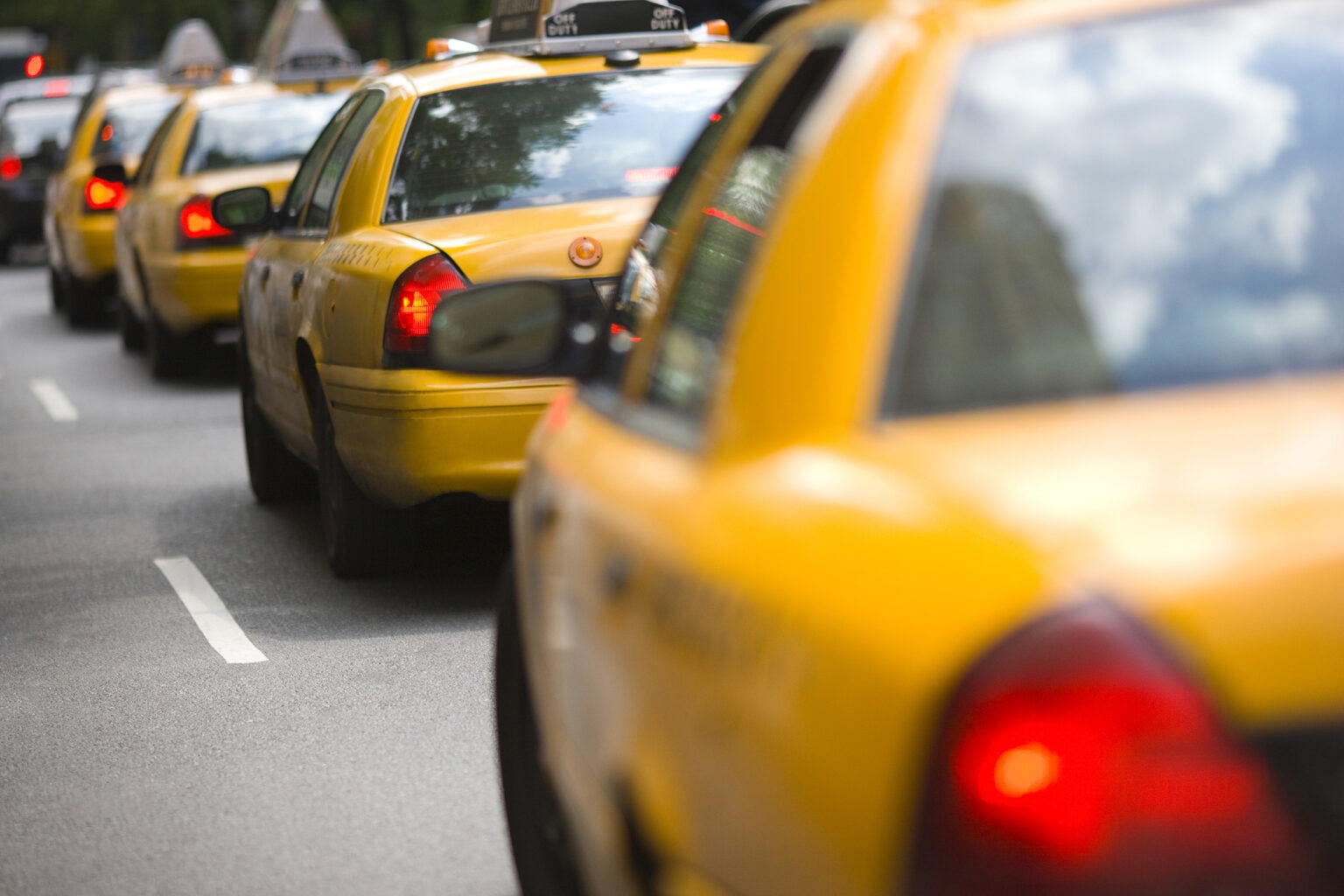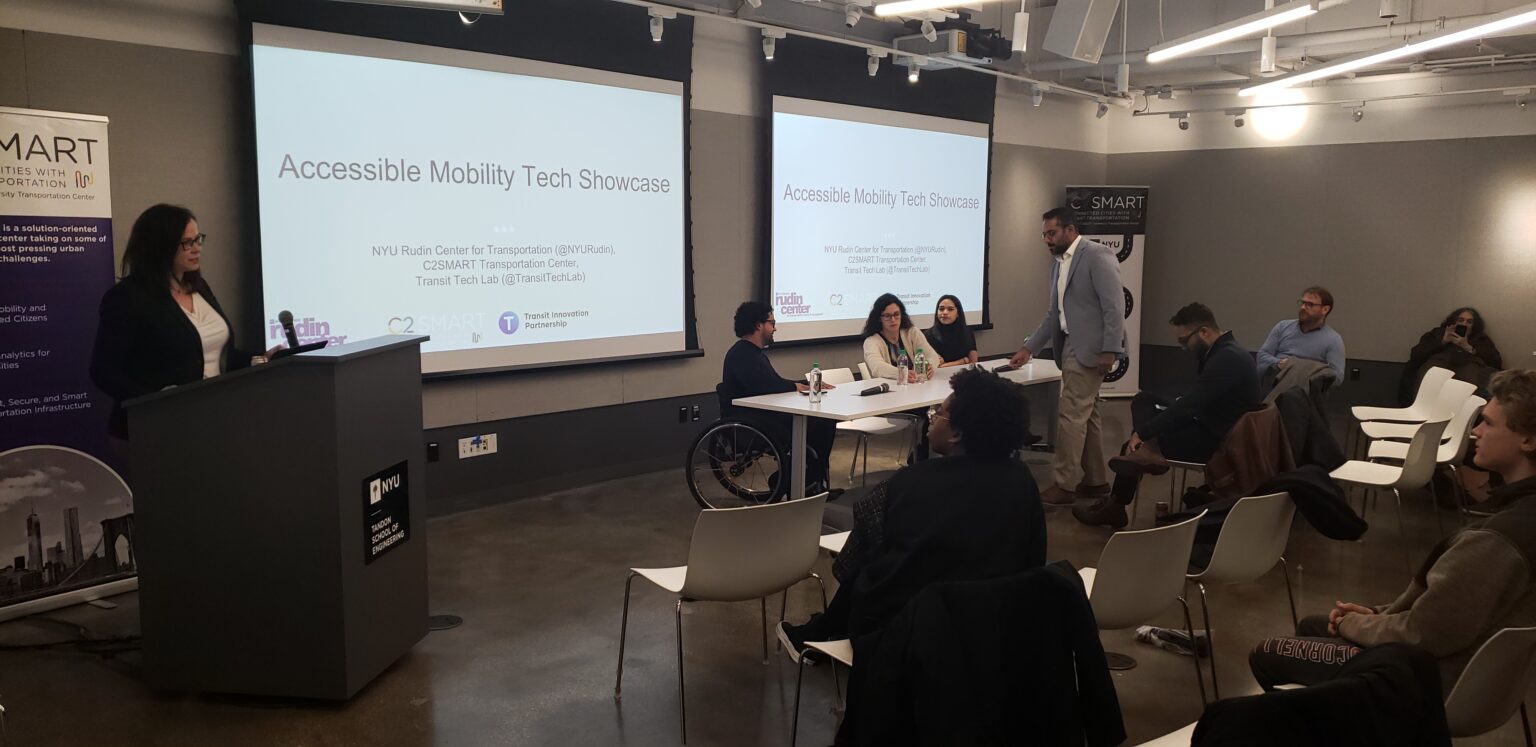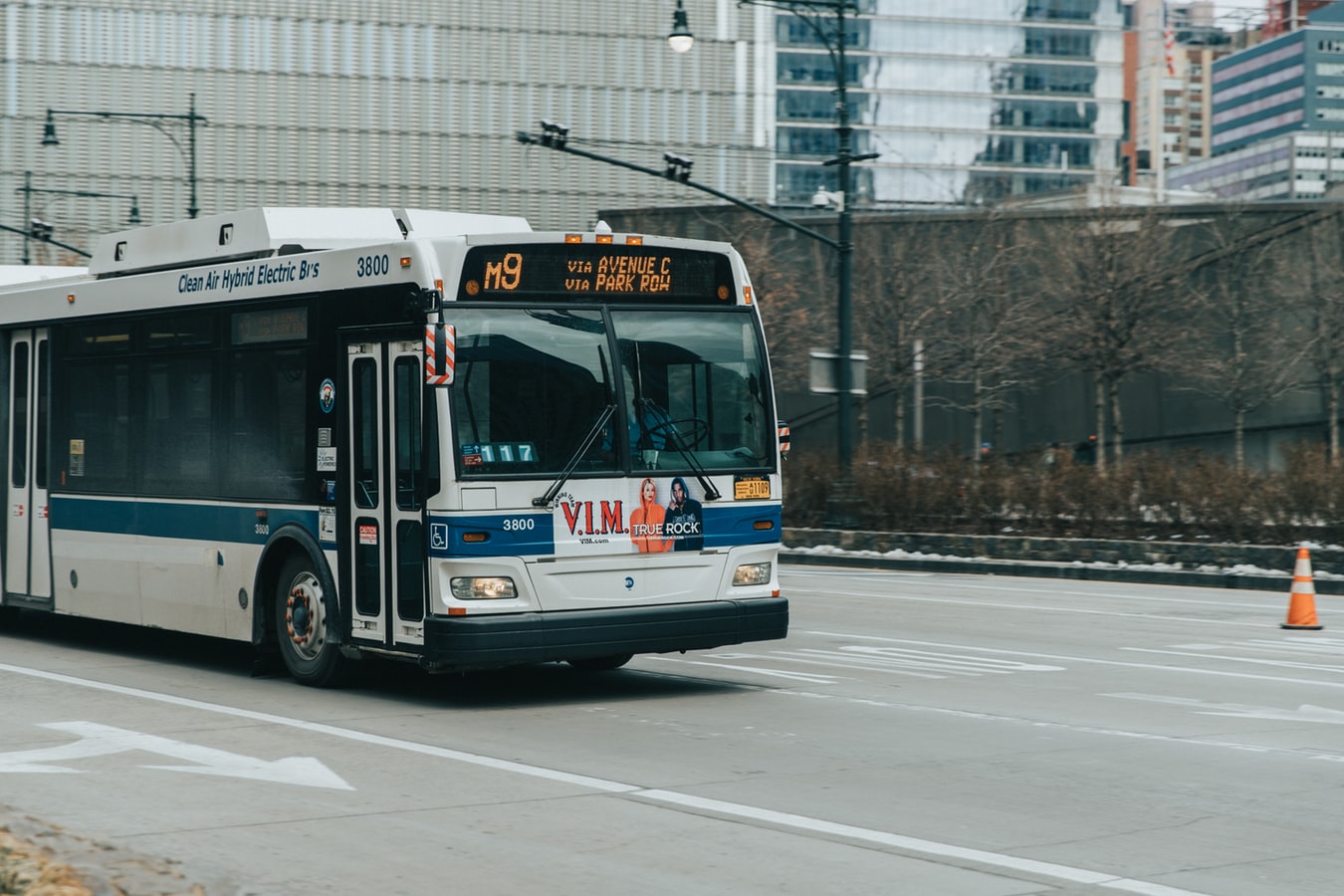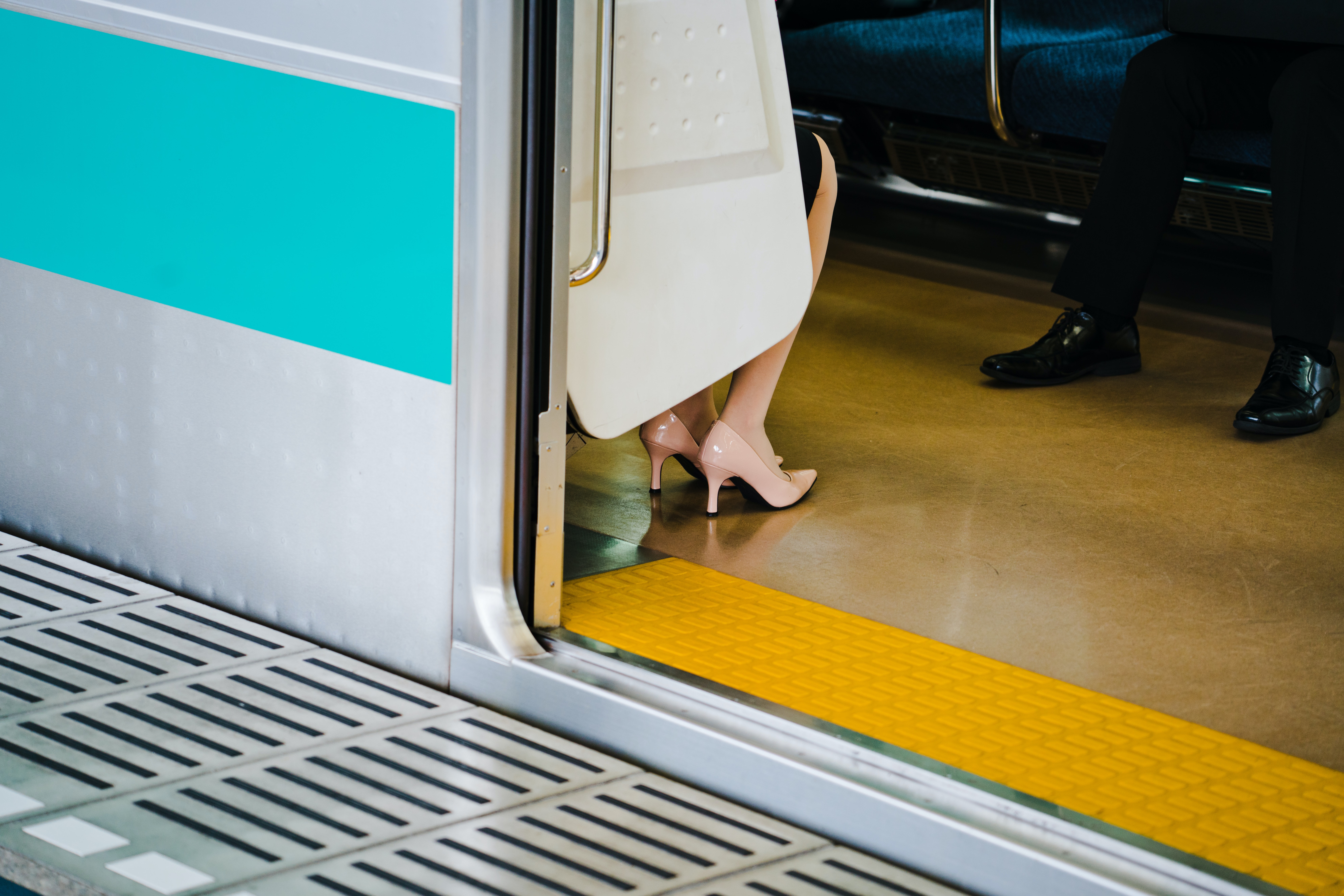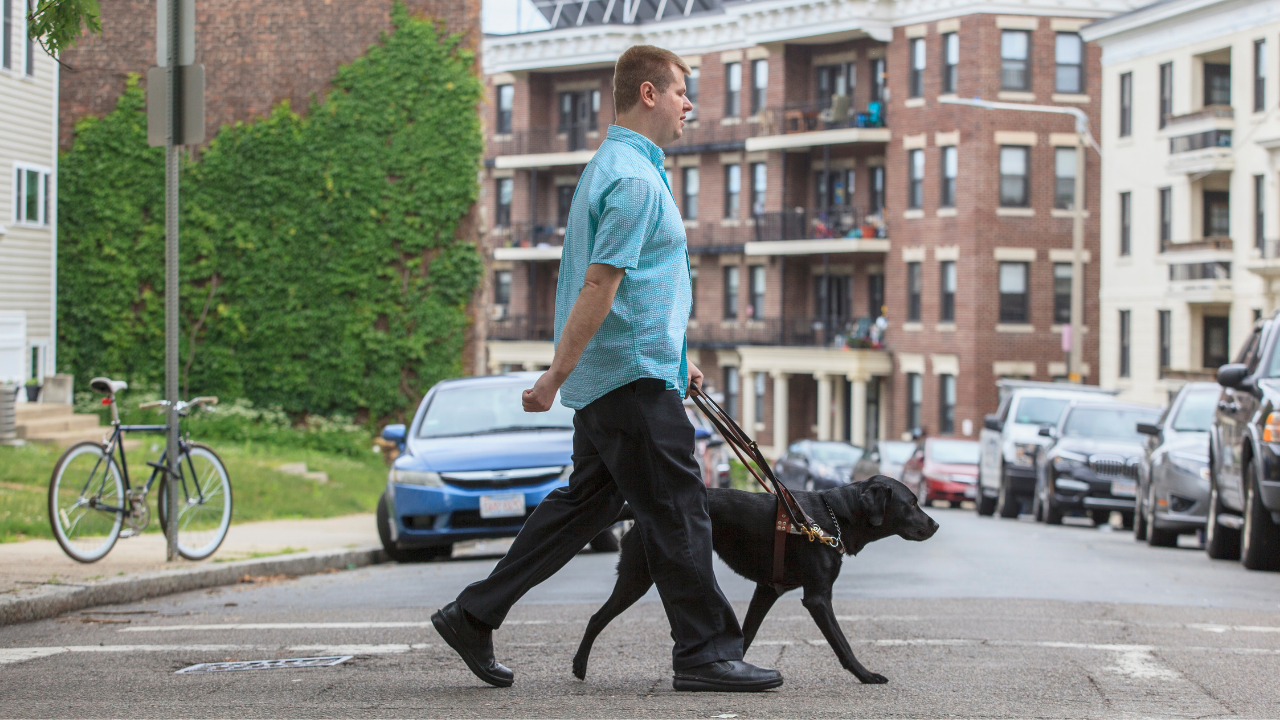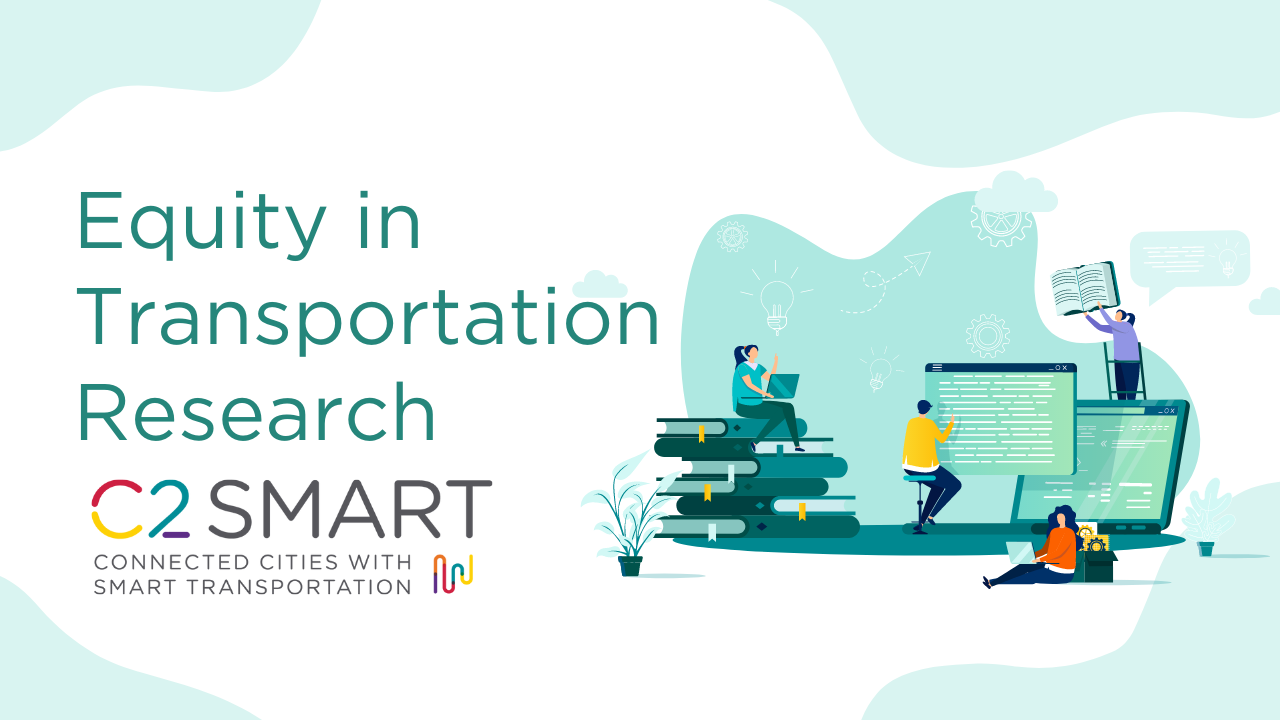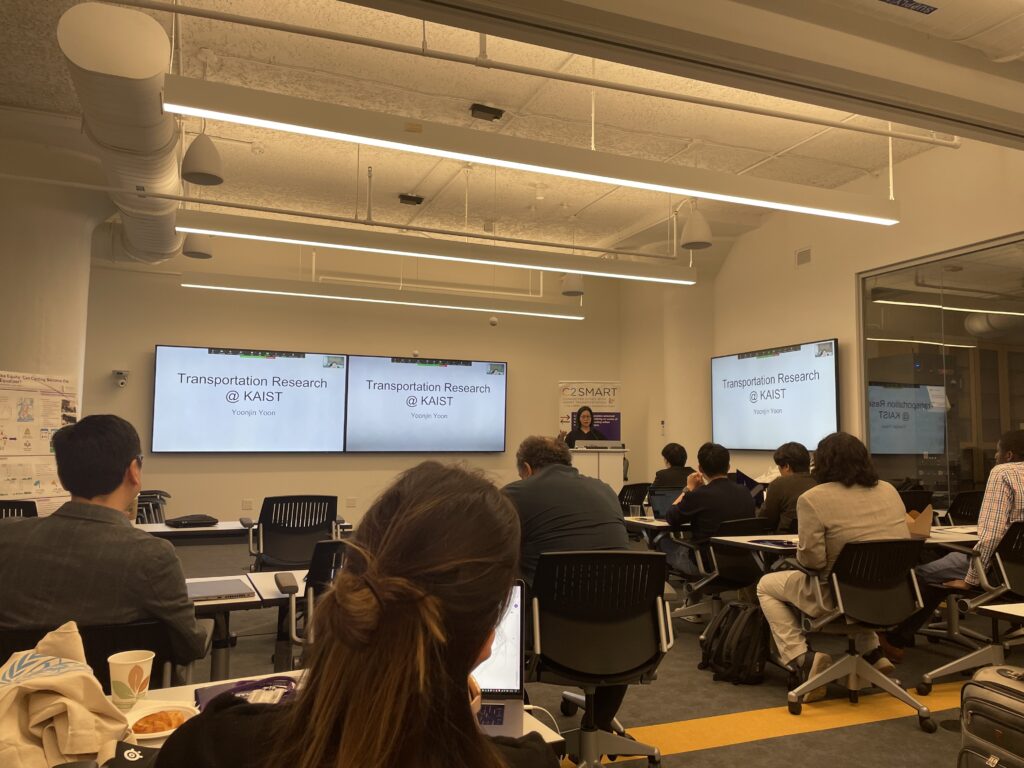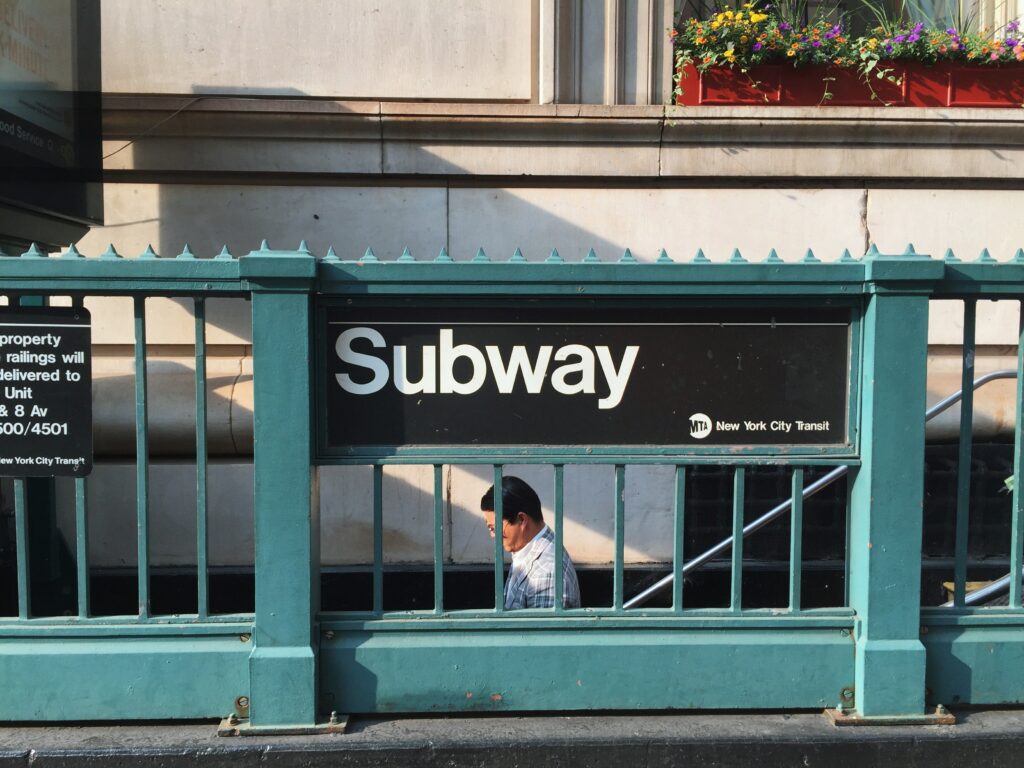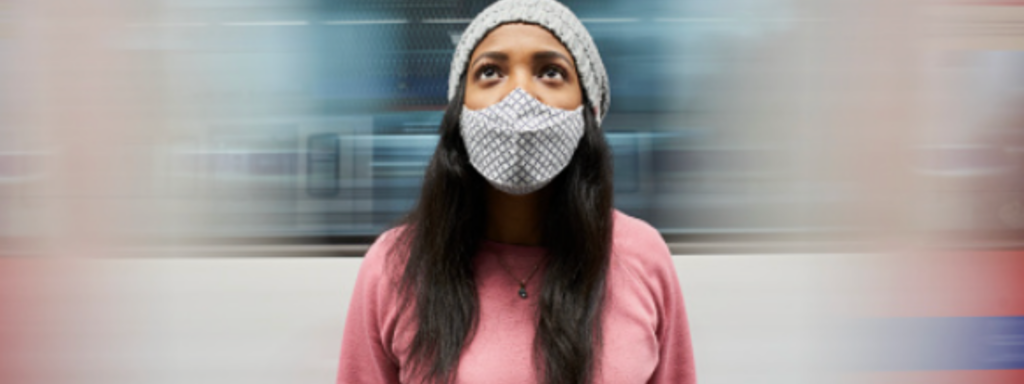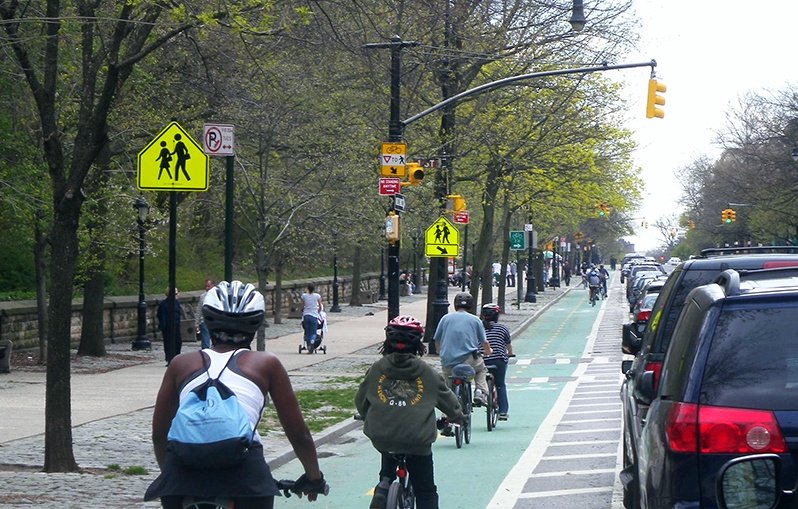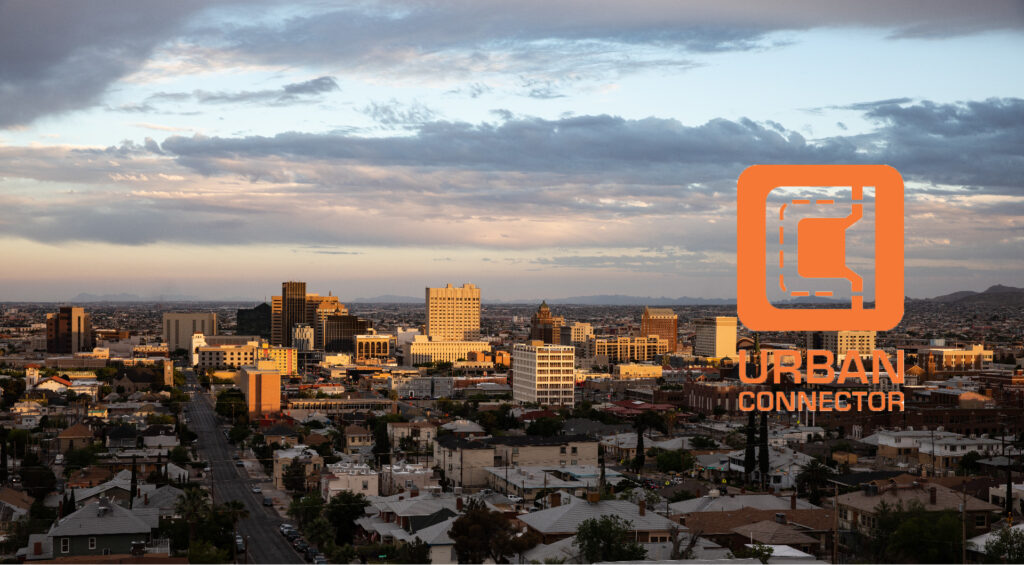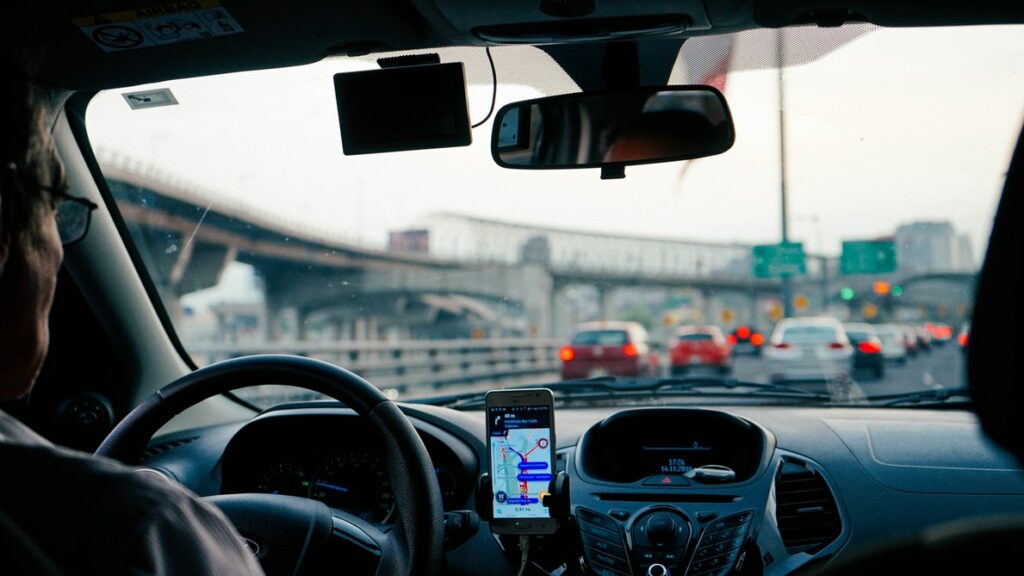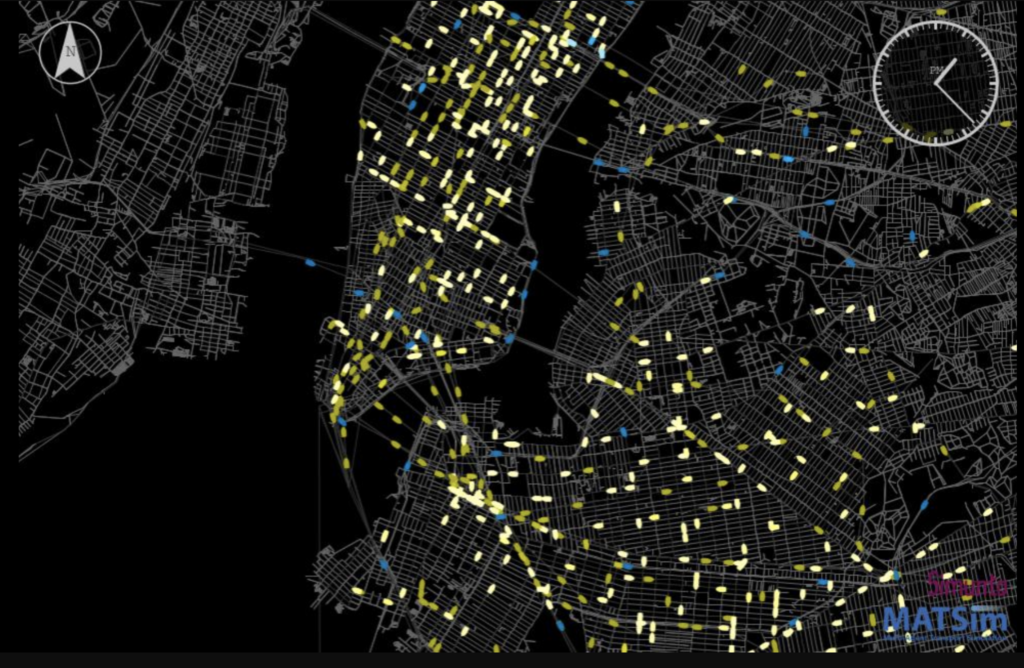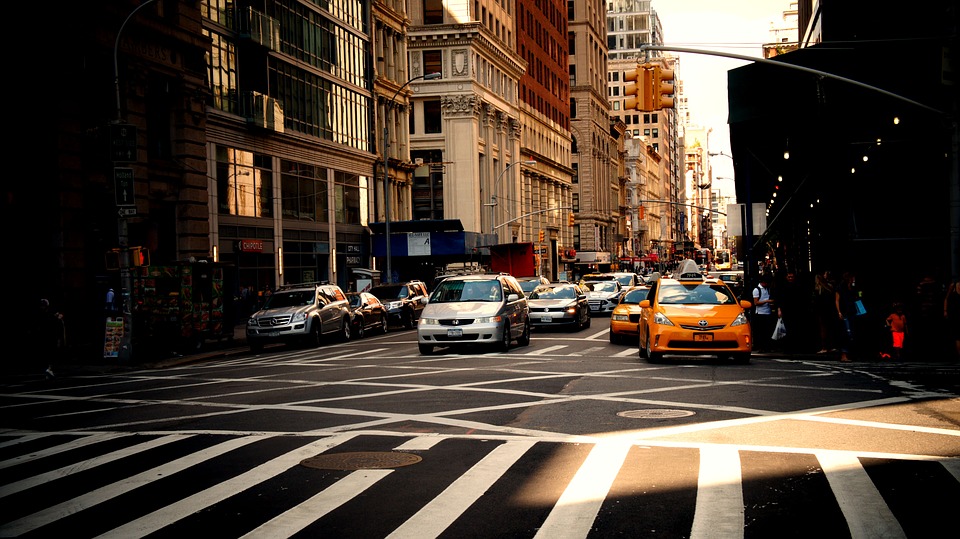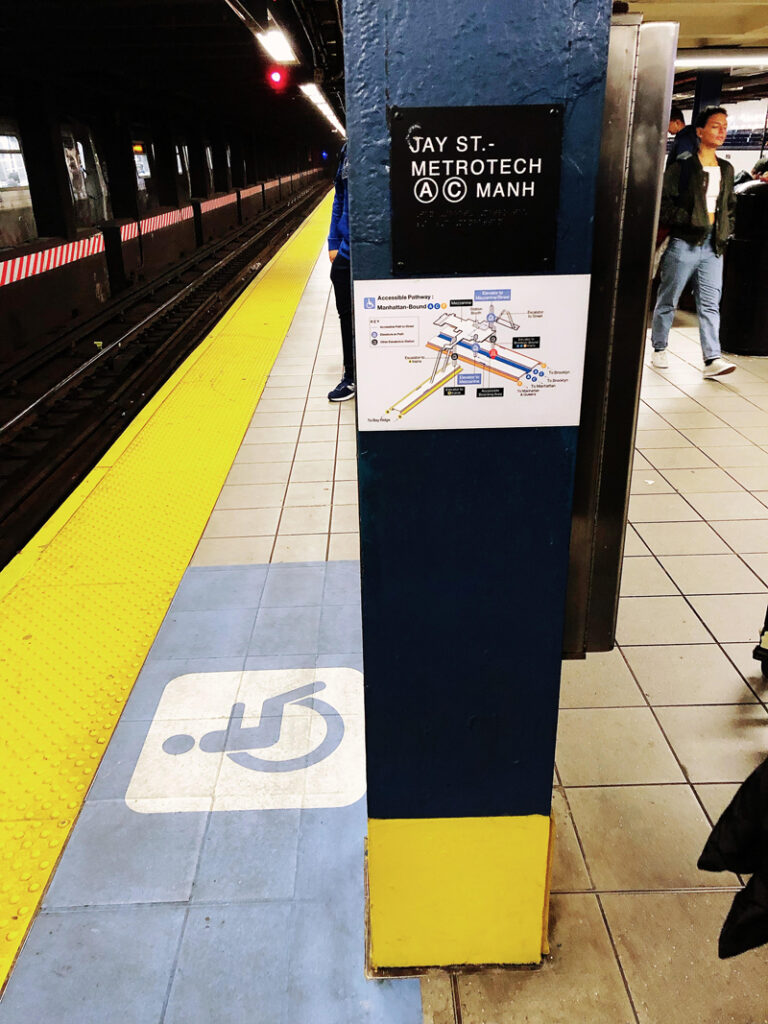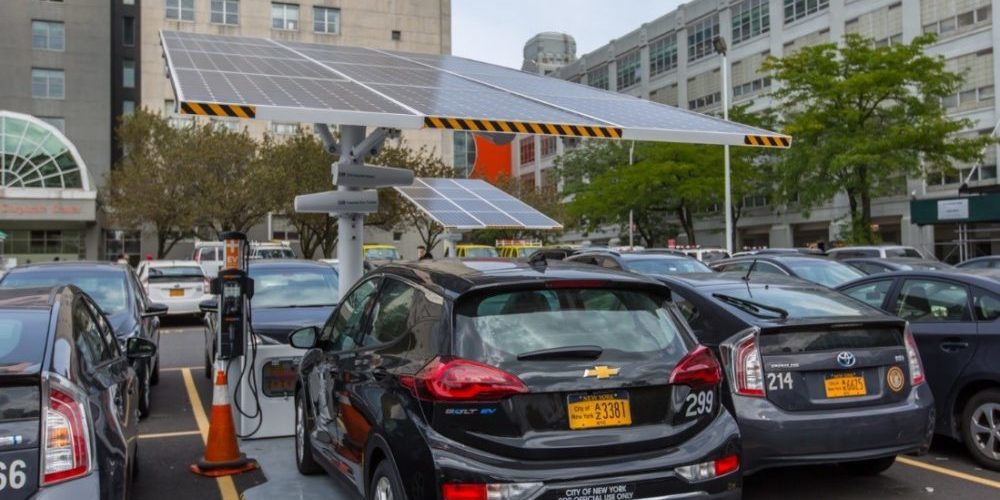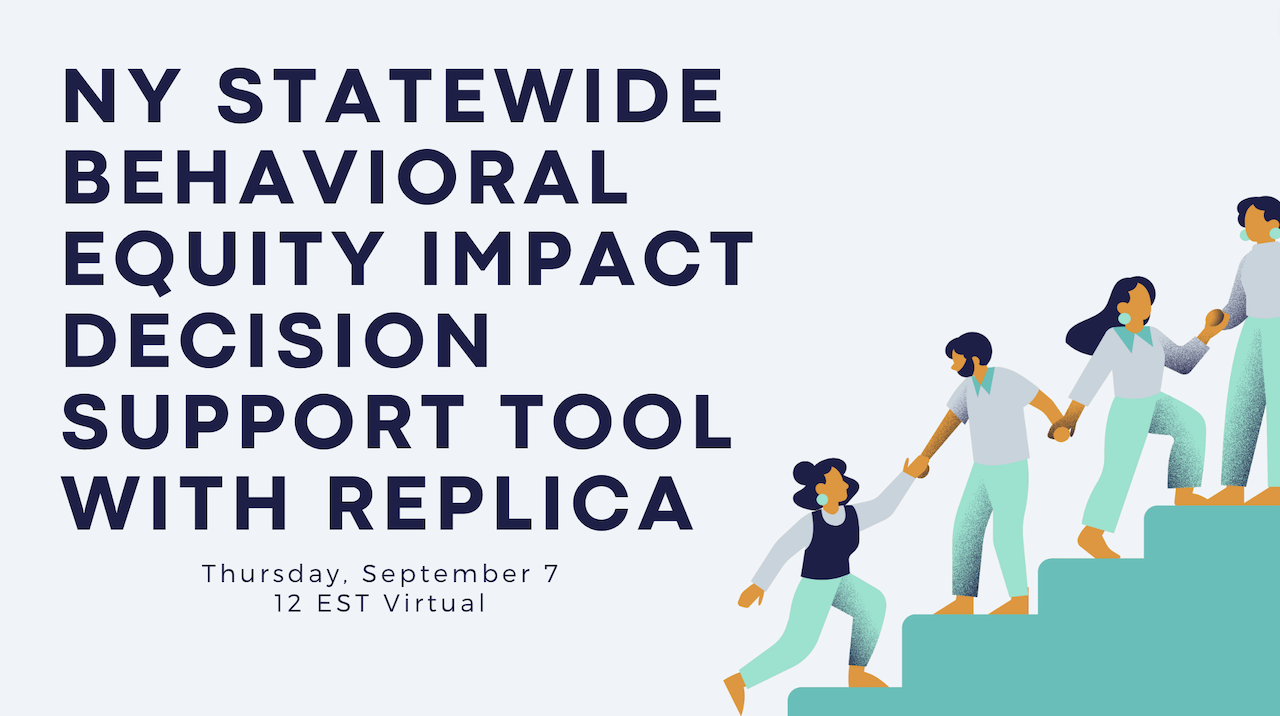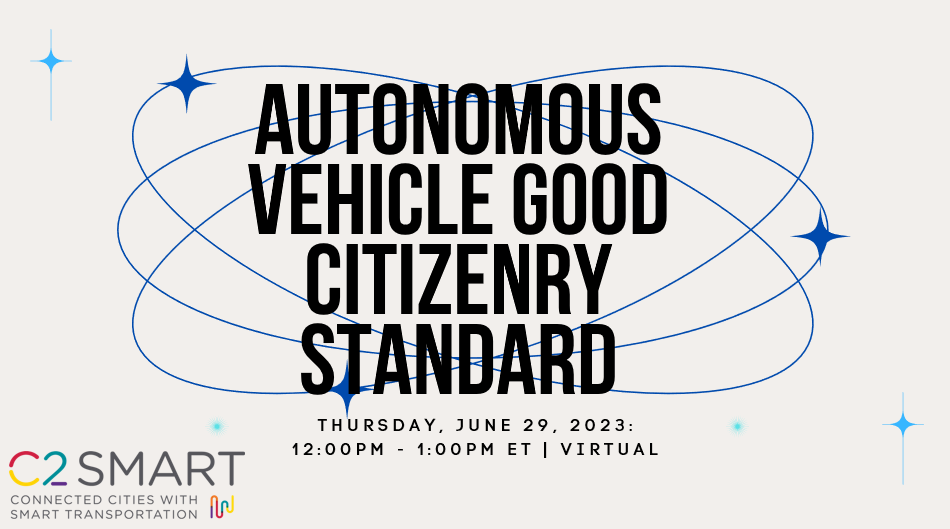Despite the growing variety of transportation options available in cities, many residents find themselves limited in their choices due to physical accessibility limitations, safety concerns, or other impediments to safe and efficient travel, restricting their ability to move freely about their cities. Transportation accessibility remains a problem for certain groups of travelers who are often underrepresented or overlooked in transportation policy development and research.
We know, for instance, that seniors face unique mobility issues as their lifestyles change, such as switching from driving to using carpool, tax or fixed-route or demand-responsive public transportation. We know as well that 75% of female respondents in NYC reported experiencing harassment or theft on public transit, as opposed to 47% of men; additionally, the median extra cost of travel per month for women is estimated at $26-$50 compared to men in NYC.
Furthermore, nearly 10% of New Yorkers have a disability, and only 23% of the city’s subway stations have elevators. Almost 200,000 New Yorkers are blind, deaf-blind or partially sighted, while only 317 of signals are equipped with accessible pedestrian signals.
Through research, outreach, educational initiatives, and other programming, the Center aims to shed light on and address these and other difficulties some travelers face in cities, how these challenges impact their lives, and what cities and companies can do to make urban transportation safer and more accessible for everyone.

